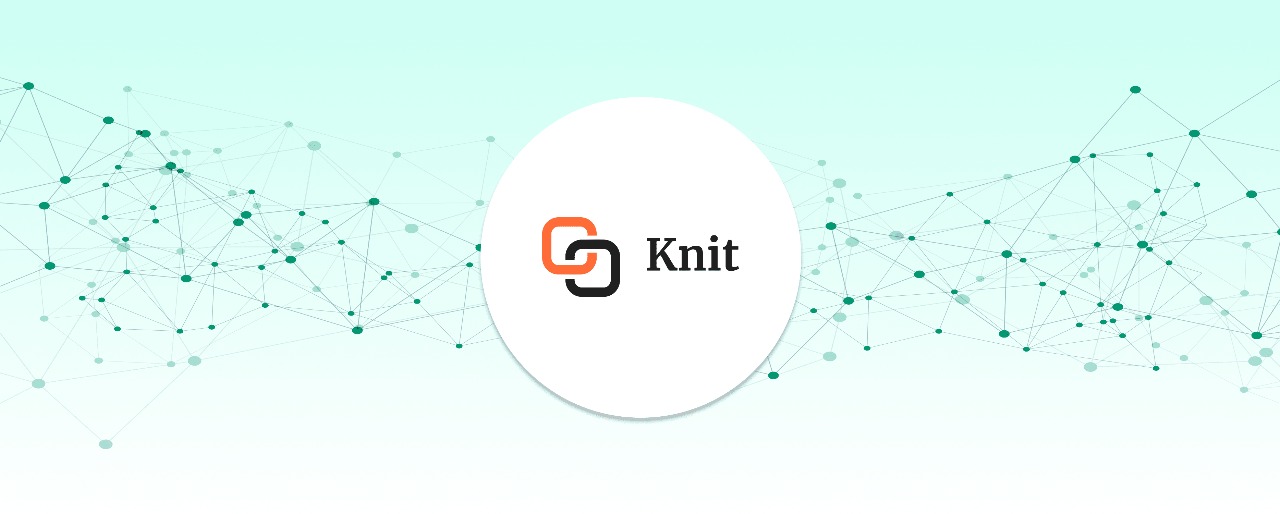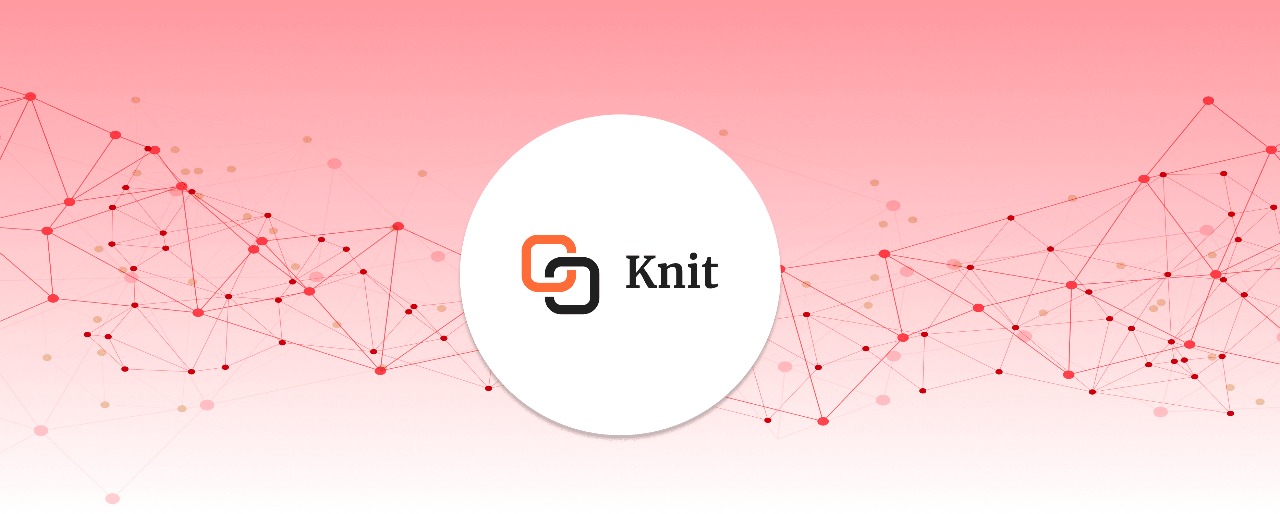In today’s fast-paced digital landscape, organizations across all industries are leveraging Calendar APIs to streamline scheduling, automate workflows, and optimize resource management. While standalone calendar applications have always been essential, Calendar Integration significantly amplifies their value—making it possible to synchronize events, reminders, and tasks across multiple platforms seamlessly. Whether you’re a SaaS provider integrating a customer’s calendar or an enterprise automating internal processes, a robust API Calendar strategy can drastically enhance efficiency and user satisfaction.
Explore more Calendar API integrations
In this comprehensive guide, we’ll discuss the benefits of Calendar API integration, best practices for developers, real-world use cases, and tips for managing common challenges like time zone discrepancies and data normalization. By the end, you’ll have a clear roadmap on how to build and maintain effective Calendar APIs for your organization or product offering in 2025.
1. Why Calendar API Integration Matters
In 2025, calendars have evolved beyond simple day-planners to become strategic tools that connect individuals, teams, and entire organizations. The real power comes from Calendar Integration, or the ability to synchronize these planning tools with other critical systems—CRM software, HRIS platforms, applicant tracking systems (ATS), eSignature solutions, and more.
- Efficiency Gains: Manual scheduling is prone to error and time-consuming. By automating these tasks through Calendar APIs, businesses can streamline processes and eliminate back-and-forth communication.
- Customer Experience: Integrating with customers’ existing calendars enhances convenience, creating a frictionless user experience. In highly competitive markets, seamless scheduling can be a crucial differentiator.
- Resource Management: For ERP systems managing logistics or field service appointments, real-time schedule visibility optimizes resource allocation, ensuring the right teams and equipment are always in the right place at the right time.
- Scalability: As organizations grow, manual scheduling quickly becomes untenable. API Calendar solutions allow for easy scaling across multiple departments, regions, or even continents.
Essentially, Calendar API integration becomes indispensable for any software looking to reduce operational overhead, improve user satisfaction, and scale globally.
2. Top Benefits of Calendar APIs
Automated Scheduling
One of the most notable advantages of Calendar Integration is automated scheduling. Instead of manually entering data into multiple calendars, an API can do it for you. For instance, an event management platform integrating with Google Calendar or Microsoft Outlook can immediately update participants’ schedules once an event is booked. This eliminates the need for separate email confirmations and reduces human error.
Enhanced Customer Experience
When a user can book or reschedule an appointment without back-and-forth emails, you’ve substantially upgraded their experience. For example, healthcare providers that leverage Calendar APIs can let patients pick available slots and sync these appointments directly to both the patient’s and the doctor’s calendars. Changes on either side trigger instant notifications, drastically simplifying patient-doctor communication.
Optimized Resource Management
By aligning calendars with HR systems, CRM tools, and project management platforms, businesses can ensure every resource—personnel, rooms, or equipment—is allocated efficiently. Calendar-based resource mapping can reduce double-bookings and idle times, increasing productivity while minimizing conflicts.
Real-time Notifications
Notifications are integral to preventing missed meetings and last-minute confusion. Whether you run a field service company, a professional consulting firm, or a sales organization, instant schedule updates via Calendar APIs keep everyone on the same page—literally.
Workflow Automation Across Platforms
API Calendar solutions enable triggers and actions across diverse systems. For instance, when a sales lead in your CRM hits “hot” status, the system can automatically schedule a follow-up call, add it to the rep’s calendar, and send a reminder 15 minutes before the meeting. Such automation fosters a frictionless user experience and supports consistent follow-ups.
<a name="calendar-api-data-models-explained"></a>
3. Calendar API Data Models Explained
To integrate calendar functionalities successfully, a solid grasp of the underlying data structures is crucial. While each calendar provider may have specific fields, the broad data model often consists of the following objects:
- Calendar Object
- id: A unique identifier, such as calendar12345.
- name: E.g., “Work Calendar,” “Personal Calendar.”
- description: Optional text describing the calendar.
- timeZone: Default time zone for events (e.g., “UTC,” “America/New_York”).
- owner: Information about who owns or manages the calendar.
- Event Object
- id: A unique identifier for the event.
- title: A short description (e.g., “Team Standup”).
- description: Detailed notes or instructions.
- start and end: DateTime fields for event timing.
- location: Physical or virtual meeting link.
- attendees: A list of people (or groups) invited, each with an email and response status.
- recurrence: Rules for repeating events, such as frequency or exceptions.
- reminders: Notification triggers before an event begins.
- status: (confirmed, tentative, canceled)
- visibility: Defines who can see event details.
- Attendee Object
- email: The attendee’s email address.
- responseStatus: e.g., accepted, declined.
- comment: Optional notes from the attendee.
- Reminder Object
- method: email, popup, or SMS.
- minutesBeforeStart: E.g., remind 10 minutes before the event.
- Recurrence Rule Object
- frequency: daily, weekly, monthly, etc.
- interval: e.g., every 2 days or every week.
- daysOfWeek: For weekly events.
- endDate: When the series ends.
- exceptions: Specific dates skipped in the recurrence pattern.
Properly mapping these objects during Calendar Integration ensures consistent data handling across multiple systems. Handling each element correctly—particularly with recurring events—lays the foundation for a smooth user experience.
4. Best Practices for Calendar API Integration
1. Choose the Right Calendar API
- Customer Demand: Are users frequently requesting Google Calendar, Apple Calendar, or Microsoft Outlook integration? Prioritize your efforts accordingly.
- API Documentation & Support: Evaluate if the calendar provider offers robust docs, SDKs, or community support.
- Business Potential: A highly demanded integration with thousands of potential users may take precedence over niche calendar integrations.
2. Leverage Webhooks for Real-Time Updates
- Reduce Polling: Instead of constantly querying the API, webhooks send event data to your application as soon as changes happen.
- Key Event Triggers: Keep track of crucial events like creation, deletion, or modifications.
- Failover Mechanisms: Implement retry logic for webhook delivery if the receiving server is temporarily unreachable.
3. Handle Recurring Events and Exceptions Carefully
- Implement Standard Recurrence Rules: Align with iCalendar or similar standards for cross-platform compatibility.
- Account for Partial Cancellations: Users might cancel one instance in a recurring series without affecting the rest.
- Test Thoroughly: Recurring events can get complex quickly—test edge cases like end-dates, changing frequency mid-series, etc.
4. Manage Rate Limits Gracefully
- Caching: Store non-time-sensitive data (time zones, user profiles) to minimize API calls.
- Exponential Backoff: When you hit rate limits, increase wait times between retries.
- Prioritize Calls: Identify essential calls that need real-time data vs. those that can be deferred.
5. Log Data for Troubleshooting
- Comprehensive Logging: Capture API endpoints, payloads, response codes, and error messages.
- Error Tracking: Implement real-time alerts for major failures.
- Secure Storage: Protect logs from unauthorized access or data breaches.
6. Undertake Data Normalization
- Cross-Platform Consistency: Ensure you normalize date-time formats, time zones, and event statuses when multiple calendar providers are involved.
- Schema Mapping: Map each field from the external calendar to your internal data model to avoid confusion.
5. Popular Calendar APIs
Below are several well-known Calendar APIs that dominate the market. Each has unique features, so choose based on your users’ needs:
- Google Calendar API
- Documentation: Google Calendar Developer Docs
- Advantages: Wide user base, robust features, extensive documentation.
- Outlook Calendar (Microsoft Graph) API
- Documentation: Microsoft Graph Calendar Overview
- Advantages: Deep integration with Microsoft 365 ecosystem, enterprise-friendly.
- Apple Calendar API
- Documentation: Apple Developer Documentation
- Advantages: Native iOS and macOS support, strong for personal usage.
- Cronofy API
- Documentation: Cronofy Developer Docs
- Advantages: Unified calendar API bridging major calendar platforms.
- Calendly API
- Documentation: Calendly API Docs
- Advantages: Scheduling app specialty, widely adopted among sales and consultants.
- Timekit API
- Documentation: Timekit Docs
- Advantages: Flexible booking rules and advanced scheduling features.
6. Real-World Use Cases
Candidate Interview Scheduling for ATS
Applicant Tracking Systems (ATS) like Lever or Greenhouse can integrate with Google Calendar or Outlook to automate interview scheduling. Once a candidate is selected for an interview, the ATS checks availability for both the interviewer and candidate, auto-generates an event, and sends reminders. This reduces manual coordination, preventing double-bookings and ensuring a smooth interview process.
Learn more on How Interview Scheduling Companies Can Scale ATS Integrations Faster
Resource Allocation for ERP
ERPs like SAP or Oracle NetSuite handle complex scheduling needs for workforce or equipment management. By integrating with each user’s calendar, the ERP can dynamically allocate resources based on real-time availability and location, significantly reducing conflicts and idle times.
Client Meetings for CRM
Salesforce and HubSpot CRMs can automatically book demos and follow-up calls. Once a customer selects a time slot, the CRM updates the rep’s calendar, triggers reminders, and logs the meeting details—keeping the sales cycle organized and on track.
Employee Onboarding and Training for HRIS
Systems like Workday and BambooHR use Calendar APIs to automate onboarding schedules—adding orientation, training sessions, and check-ins to a new hire’s calendar. Managers can see progress in real-time, ensuring a structured, transparent onboarding experience.
Assessment Scheduling
Assessment tools like HackerRank or Codility integrate with Calendar APIs to plan coding tests. Once a test is scheduled, both candidates and recruiters receive real-time updates. After completion, debrief meetings are auto-booked based on availability.
Document Signing Deadlines for eSignature
DocuSign or Adobe Sign can create calendar reminders for upcoming document deadlines. If multiple signatures are required, it schedules follow-up reminders, ensuring legal or financial processes move along without hiccups.
Invoice Due Dates and Tax Filing for Accounting Systems
QuickBooks or Xero integrations place invoice due dates and tax deadlines directly onto the user’s calendar, complete with reminders. Users avoid late penalties and maintain financial compliance with minimal manual effort.
7. Common Calendar API Integration Challenges
While Calendar Integration can transform workflows, it’s not without its hurdles. Here are the most prevalent obstacles:
1. Time Zone Discrepancies and Recurring Events
- Global Teams: Multinational organizations must dynamically adjust meeting times across time zones.
- Recurring Event Modifications: A single instance of a recurring meeting might move or get canceled without affecting the entire series.
- DateTime Inconsistencies: Some APIs treat all-day events differently, causing confusion across platforms.
2. Scaling Across Multiple Providers
- Diverse Endpoints: Google, Microsoft, and Apple each have unique endpoints, data fields, and authentication protocols.
- Ongoing Maintenance: Providers frequently update or deprecate endpoints, necessitating regular engineering work.
3. Permissions and Access Controls
- Privacy Concerns: Misconfiguration can expose private events to unauthorized viewers.
- Varying Permission Protocols: Each provider (Google, Outlook, Apple) handles read/write permissions differently, complicating integration code.
4. Data Sync Inconsistencies
- Format Mismatches: Each calendar might store date/time data in a slightly different format.
- Lost Fields: Failing to map custom fields or statuses can cause partial data loss.
- All-day vs. Timed Events: Some calendars represent “all-day” as a 24-hour block, causing scheduling confusion.
5. Dealing with API Updates and Deprecations
- Version Upgrades: Provider APIs change version protocols, sometimes forcing urgent updates to avoid outages.
- Deprecated Endpoints: If a crucial endpoint is retired, your integration can break unless you adapt quickly.
8. Unified Calendar API vs. Direct Connector APIs
Businesses can integrate Calendar APIs either by building direct connectors for each calendar platform or opting for a Unified Calendar API provider that consolidates all integrations behind a single endpoint. Here’s how they compare:
When to Choose a Unified Calendar API
- Rapid Multi-Calendar Integration: If you need Google, Outlook, and Apple Calendar simultaneously, a unified approach saves time.
- Resource Constraints: Your engineering team can focus on core product features, leaving integration complexities to the platform.
- Scalability: Ideal if you foresee adding more calendar providers as you grow.
When to Choose Direct Connectors
- Niche Requirements: If you need very specialized or advanced features that a unified API doesn’t cover.
- Single-Platform Focus: For example, a solution that only needs Google Calendar might find a direct connector sufficient.
Learn more about what should you look for in a Unified API Platform
9. TL;DR: Key Takeaways
- Calendar Integration is a competitive necessity in 2025, bridging siloed tools, improving user experiences, and automating workflows.
- Key Use Cases include ATS scheduling, ERP resource allocation, CRM follow-ups, HR onboarding, and eSignature reminders.
- Biggest Challenges revolve around time zone differences, data normalization, permission settings, and dealing with API updates.
- Best Practices: Implement webhooks, handle recurring events carefully, manage rate limits gracefully, and log data meticulously.
- Unified APIs vs. Direct Connectors: Unified solutions provide quick multi-calendar scalability, while direct connectors give deeper customization for single-use cases.
10. Conclusion and Next Steps
The calendar landscape is only getting more complex as businesses and end users embrace an ever-growing range of tools and platforms. Implementing an effective Calendar API strategy—whether through direct connectors or a unified platform—can yield substantial operational efficiencies, improved user satisfaction, and a significant competitive edge. From Calendar APIs that power real-time notifications to AI-driven features predicting best meeting times, the potential for innovation is limitless.
If you’re looking to add API Calendar capabilities to your product or optimize an existing integration, now is the time to take action. Start by assessing your users’ needs, identifying top calendar providers they rely on, and determining whether a unified or direct connector strategy makes the most sense. Incorporate the best practices highlighted in this guide—like leveraging webhooks, managing data normalization, and handling rate limits—and you’ll be well on your way to delivering a next-level calendar experience.
Ready to transform your Calendar Integration journey?
Book a Demo with Knit to See How AI-Driven Unified APIs Simplify Integrations
References and External Links
- Google Calendar Developer Docs
- Microsoft Graph: Outlook Calendar Overview
- Apple Developer Documentation
By following the strategies in this comprehensive guide, you’ll not only harness the power of Calendar APIs but also future-proof your software or enterprise operations for the decade ahead. Whether you’re automating interviews, scheduling field services, or synchronizing resources across continents, Calendar Integration is the key to eliminating complexity and turning time management into a strategic asset.


.png)






